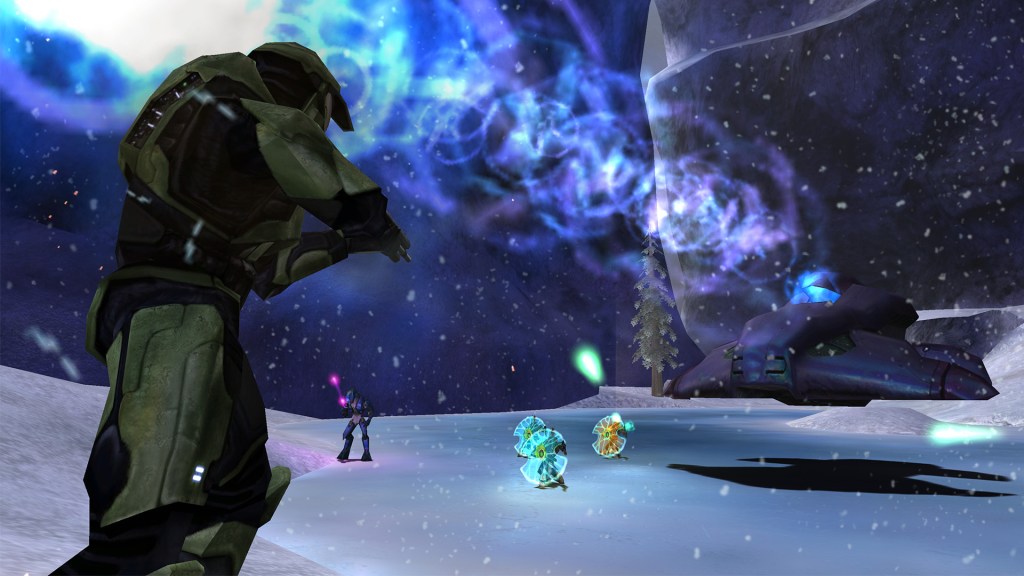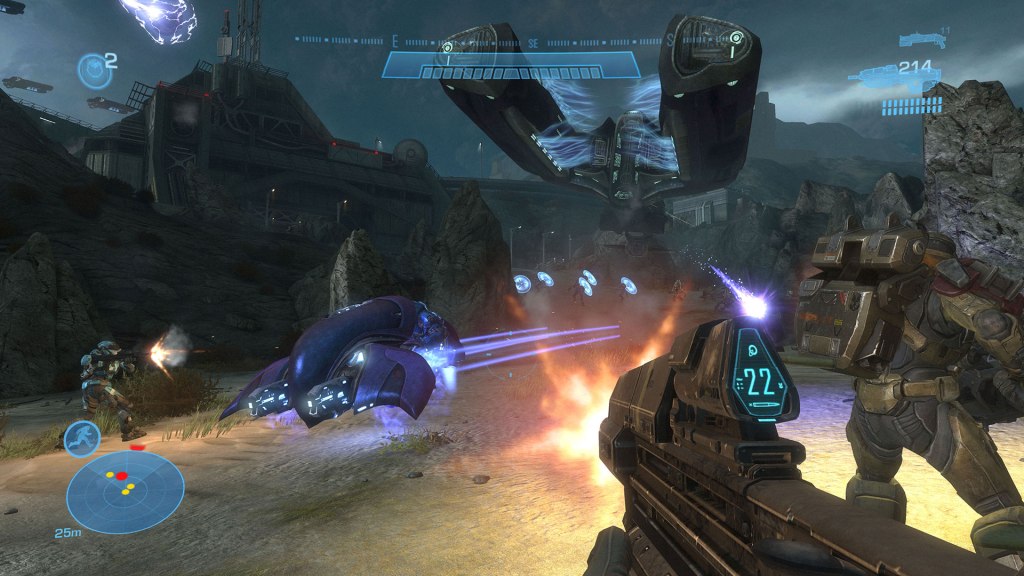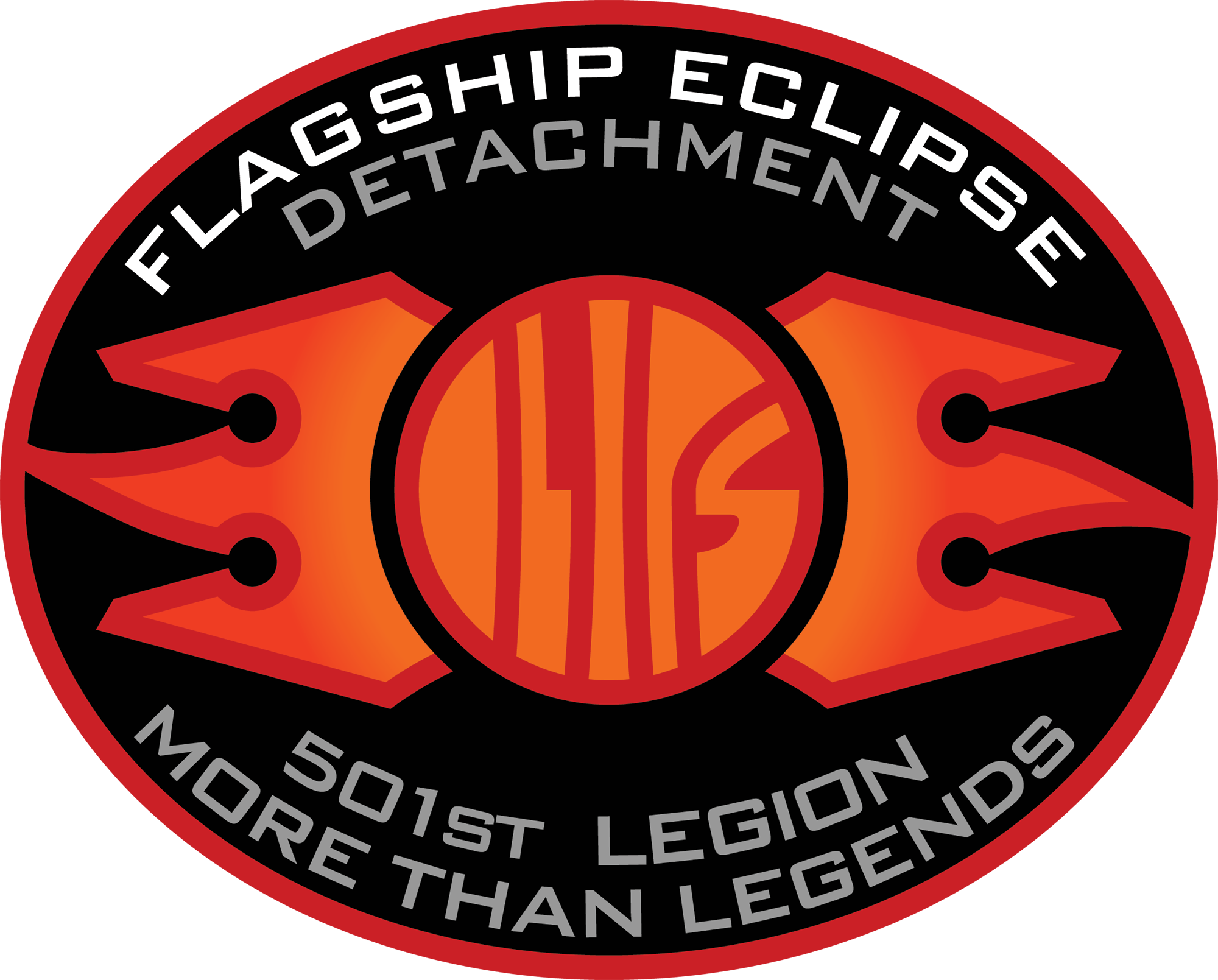
There is a weird juxtaposition in knowing that Halo is still one of the most influential video game properties in history and is still known as the Xbox franchise, but also knowing that the landscape in gaming is shifting and evolving, potentially putting Halo in a place where it doesn’t have the same reach that it had in the past. Realistically, the reach of Halo still places the series as a juggernaut in terms of sales, especially when we consider that Halo isn’t just a video game. Halo is multiple video games, a book series, a television series, and so much more.
Halo, in general, has had a few different chapters in its lifetime. In the beginning, the Bungie phase saw the original trilogy that built the groundwork Halo and made it a mega hit. In the second phase, 343 Industries took Halo into its next chapter and experienced growing competition. Now, Halo will be entering its third phase as 343 Industries rebrands to Halo Studios and boasts that the next Halo will shift to Unreal Engine 5 to reclaim the throne as a visual masterpiece in gaming.
While the next Halo hasn’t been formally announced yet, it does leave a good opportunity to look at all the mainline Halo games that came during the first two phases, with a ranked list.
8) Halo 5: Guardians

Halo 4 set the stage for building out a rich narrative with Master Chief and the relationship with Cortana. Halo 5, with the stage set, just needed to knock those pins down. Instead, Halo 5 was a miss on many different fronts. Players came to miss out on split-screen co-op, the campaign felt shorter while taking a backseat to the multiplayer, and Master Chief’s presence was significantly reduced. Halo 5: Guardians could have been such an easy success if it had just adequately followed up on the narrative setup from Halo 4.
7) Halo 3: ODST

Before the epic conclusion in Halo 3 comes the side story of Halo 3: ODST during the invasion of Earth by the Covenant. A group of elite ODSTs are separated following a botched jump down to the city. You take control of The Rookie to search and locate the rest of the missing squad.
The storytelling in ODST offered more depth, lore, and in a quasi-open world setting. A shortcoming, though, is that Halo 3: ODST felt like the scope of an expansion, but was originally priced at the same level as a full game. The campaign was quite short, and the multiplayer was Halo 3’s multiplayer repackaged to justify the price point. In modern landscapes, it’s a great additional piece of content associated with Halo: The Master Chief Collection.
6) Halo: Combat Evolved

The foundation of the entire Halo series was built quite strongly and with the original Halo: Combat Evolved. Halo, in a sense, is a game that defined the next generation of gaming for Millennials, shifting away from the Nintendo 64, and looking to play more serious co-op games with friends.
Whether in single-player or couch co-op, there was an art to fighting the Covenant, driving the Warthog, and taking down the Banshees. The issue is that while it’s a nostalgic experience with Halo: Combat Evolved, the game has not aged as well for newer audiences (or even older audiences) to revisit. Even with consideration of the remaster, sprinting isn’t an option, and a lot of the level design is redundant, which makes it more difficult for modern gamers to consider jumping into the OG Halo.
5) Halo Infinite

Halo Infinite was the first foray into an open-world setting for the Halo franchise, which graphically and mechanically was a success as a beautiful open-world title. The addition of new enemies associated with The Banished and the inclusion of the Grappleshot feels very organic as a new mechanic to Master Chief’s arsenal.
However, Halo Infinite does leave the feeling of a series that is still trying to find itself within the changing landscape of gaming, both as an FPS title and as an RPG. Halo Infinite largely leaves out the Covenant, but does see the setting shifting to a Halo (Halo Zeta), which leaves a feeling of loss towards the original alien race that has been pertinent to the series since its origins. That being said, the combat, enemies, and boss battles associated with Halo Infinite make the experience exceptionally enjoyable for a reboot in a post-Halo 5 world.
4) Halo: Reach

Halo: Reach is a prequel in the series, starting before Halo: Combat Evolved, but it feels more modern and still holds its own to this day. This was the last Halo title produced by Bungie, and it delved deeper into mankind’s war with the Covenant, and offered up armor abilities as a refresh for multiplayer.
You play as Noble Six, a member of the elite Noble Team, defending the world of Reach from a Covenant invasion. Narratively, the game offered up an ultra-satisfying end to the Bungie-led Halo games, with the only major issue being that the events of Reach don’t perfectly follow the events and timeline established in the Halo: The Fall of Reach novel.
3) Halo 4

There was a lot of pressure with Halo 4, as this was the first Halo title developed by 343 Industries. With the pressure on, the delivery came through exceptionally well. Halo 3‘s story wrapped up completely, but left on a small cliffhanger that proceeded into Halo 4. This new storytelling opportunity was well thought out, with Master Chief awakening from Cryo sleep and drifting towards the Forerunner planet of Requiem.
While the Covenant remains in play as antagonists as a splinter faction, more depth was offered, for there is also the introduction of mech warriors from the Forerunner Empire, Prometheans, for players to contend with. Separately, the length and growth of the relationship with Master Chief and Cortana was something of special note, given that these character developments and growth were always in mind as Cortana became more and more important in Halo.
2) Halo 2

Halo 2 took a brave step against the original Halo: Combat Evolved by including the ability to play as The Arbiter. In the first title, audiences got to see the most terrifying moment of being rushed by enemies who have the Plasma Sword. In Halo 2, the role switches to gain control of utilizing the Plasma Sword as The Arbiter, and perhaps more importantly, getting a deeper understanding of the Covenant up close and personal. An important element of that understanding was also about creating more depth to the Covenant as not just an enemy alien race, but as a potential ally to humanity against the Flood, which came to its cusp as a monumental moment when The Arbiter and Master Chief meet.
1) Halo 3

Where boys became men. So much more can be said, or nothing more at all, and everyone who played through Halo 3 will immediately agree to the same story: this is where boys became men. The final mission of Halo 3, driving the Warthog and making the jump into Forward Unto Dawn, is one of the most standout moments in gaming history and defines the end of an era.
Halo 3 centers on Master Chief fighting a combined invasion of Earth by the Flood and Covenant, centering around the activation of the Halo rings via the Forerunner Ark on Earth. While allies like the Arbiter are still involved in Halo 3, this character is ultimately reduced to a side character against his co-protagonist role in Halo 2, which feels like a loss. Still, even these shortcomings don’t keep Halo 3 from being the best game that the series has ever seen.
The post Every Mainline Halo Game Ranked From Worst to Best appeared first on ComicBook.com.

